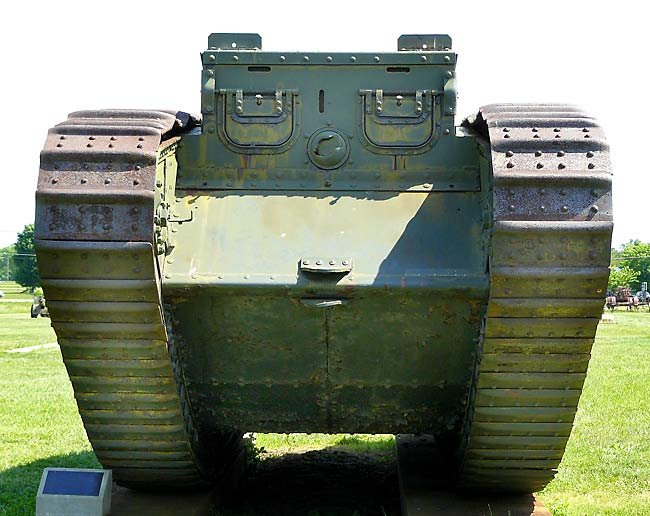

In an attempt to improve trench-crossing capability, the tadpole tail was introduced, an extension to the rear track horns. Ī large number of these tanks were also used for development work. It was dropped into trenches to allow the tank to more easily cross over. This tank introduced the use of the fascine, a bundle of brushwood, bound with chains, about 10 ft (3.0 m) long and 4.5 ft (1.4 m) in diameter carried on the front. The changes caused delays, such as adapting the design for the bulky Lewis cooling barrel, and later, problems when the Hotchkiss strips had to be stored in positions designed for Lewis gun magazines. It was not until a flexible 50 round strip was fully developed in May 1917 that the Hotchkiss would become the standard machine gun for tanks again. The Hotchkiss was fed from a rigid strip which was trimmed down to only 14 rounds for tank use no sooner had the machine gunner guided the fall of shot onto the target then it was time to change the strip and the process repeated. Despite its vulnerable barrel and a tendency to overheat or foul after prolonged firing, the Lewis used compact drum magazines which could hold up to 96 rounds. The decision to standardize on the Lewis gun was due to the space available within the tanks. Two of the machine guns were operated by the gun loaders. The guns had a 100 degree arc of fire but only the starboard gun could fire straight ahead.

The sponsons were not mirror images of each other, as their configuration differed to allow for the 6 pdr's gun-layer operating his gun from the left and the loader serving the gun from the right. The Mark IV Male carried three Lewis machine guns – one in the hull front and two in the sponsons – as well as the two sponson guns (now shorter barrelled QF 6 pdr 6 cwt guns). Failing to complete development soon enough to start production in time to have 200 tanks ready for the promised date of 1 April 1917, Stern was ultimately forced to take a Mark IV into production in May 1917 that was only slightly different from the Mark I tank. Production of battle tanks was halted until the new design was ready, necessitating the use of the Mark II and III as interim training tanks.

The director of the Tank Supply Department, Albert Gerald Stern, first intended to fit the Mark IV with a new engine and transmission.


 0 kommentar(er)
0 kommentar(er)
